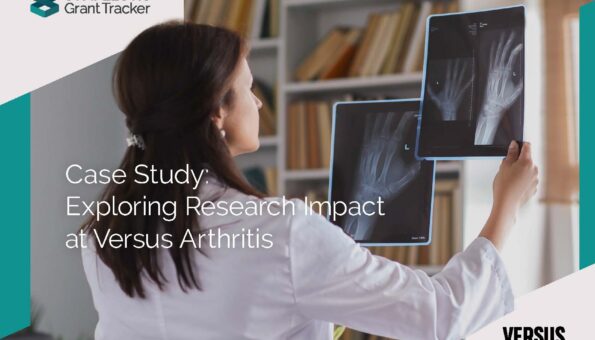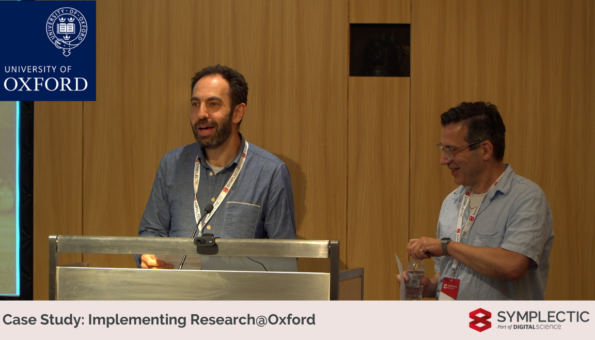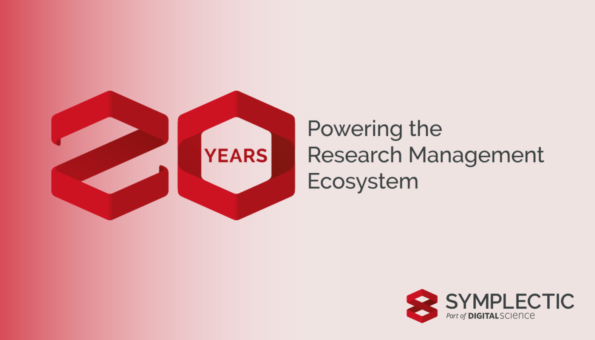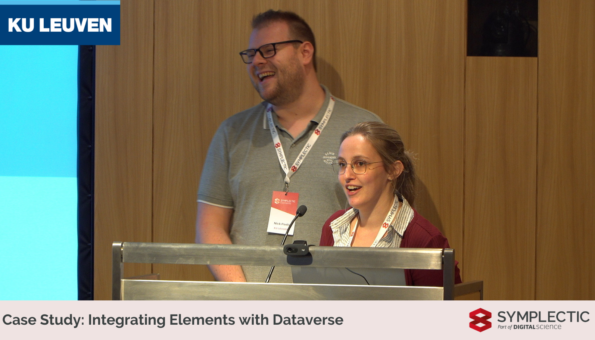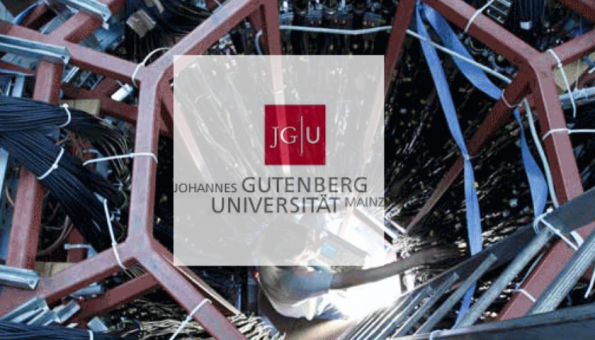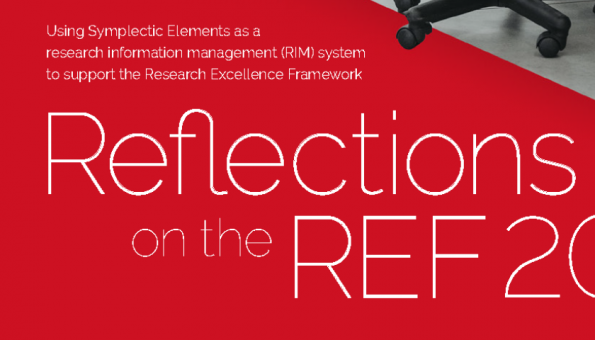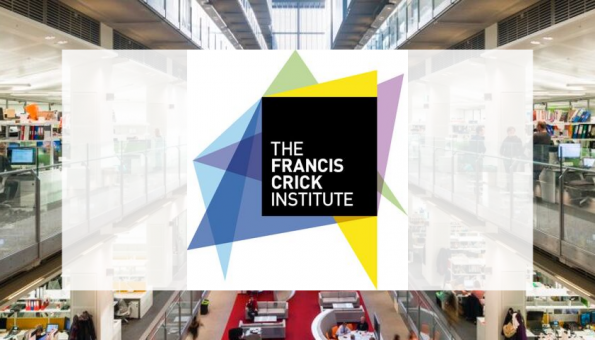University College Dublin: Awards Management in Elements
UCD has been using Symplectic Elements as a research management information system across the university since 2018, working closely with the Symplectic team during that time. In 2020, due to the nearing obsolescence of a custom-developed in-house solution, UCD was seeking a new grants system to manage their funding applications and projects.
Read more
